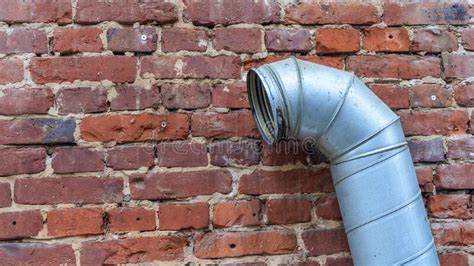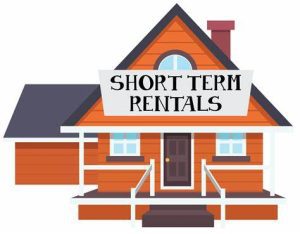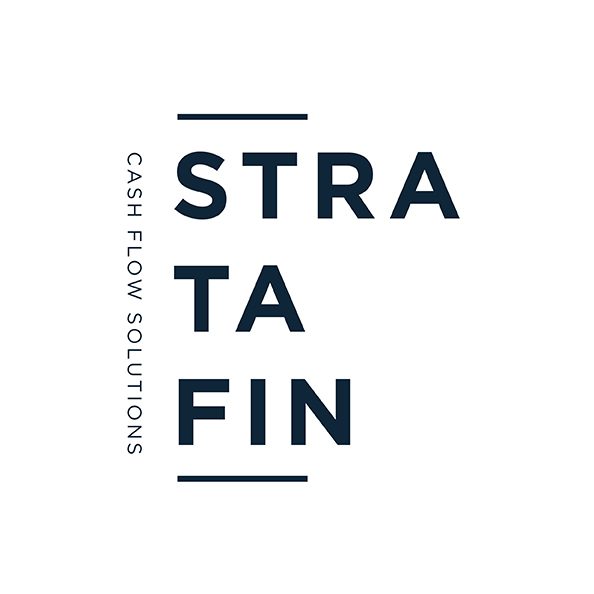Introduction
I often get inspired to write my articles based off practical questions asked on the Sectional Title Living in SA Facebook forum. A topic that often causes confusion is the maintenance responsibility for pipes, wires, cables and ducts. Recently a member asked the following question:
Hi all, hope you are well? Please can you advise who is responsible for an electrical cable that runs from a Municipal meter to a Section. The cable feeds only that Section and the damage on the cable is on a part of the cable that is on the common property. Please direct to in the ACT? Thanks
Maintenance of common property
Common property includes the land and all the outer portions (outer part from median line of the floors, walls and ceilings) of the building
that are not shown as sections on the sectional plan.
Section 3(1)(l) of the Sectional Titles Schemes Management Act 8 of 2001 (the “STSM Act”) requires that the body corporate must maintain all the common property and to keep it in a state of good and serviceable repair.
Maintenance of the section
A section is defined in both the ST Act and STSM Acts to mean a section shown as such on a sectional plan. This is the part of the building that can be individually owned and utilized by a person.
Each section is exclusively owned to the median (middle) line of its walls, floors and ceilings, and run through the middle of its doors and windows. These lines form the boundaries of that section. The boundaries of a section are usually represented by solid black lines on the sectional plan. The median line is a notional vertical or horizontal plane that represents the “mid-points” that are half-way between the outside surfaces of an exterior wall, floor or ceiling, with one half of that wall, for example, on either side of the median line.
Section 13(1)(c) of the STSM Act states that an owner must repair and maintain his or her section in a state of good repair and, in respect of an exclusive use area, keep it in a clean and neat condition.
Maintenance of utility infrastructure and the supply of amenities and services
Common property includes most of the utility infrastructure such as pipes, wires and ducts, plant, machinery, fixtures and fittings and equipment and separate meters used in connection with supplying services of water, electricity, internet and data connectivity, telephone lines, tv connection, gas, air conditioning, sewerage, drainage and garbage disposal to the common property and sections. Utility services could include maintenance services such as cleaning, repairs, painting, pest control or extermination or mowing; water reticulation or supply; gas reticulation or supply; electricity supply; intercom; air conditioning or heating; telephone service; a computer data or television service; a sewer system; drainage; a system for the removal or disposal of garbage or waste; or another system or service designed to improve the amenity, or enhance the enjoyment, of sections or the common property.
Section 4(h) of the STSM Act gives the body corporate has the power to enter into an agreement with any owner or occupier of a section for the provision of amenities or services by the body corporate to such section or to the owner or occupier thereof.
In regard to the supply of electricity, to the extent that sections are not fitted with pre-payment electricity supply meters, electricity is supplied by the local municipality or other provider to the body corporate in terms of a supply contract and then distributed via the scheme’s electrical supply infrastructure to the individual meters. The prescribed management rules deal with the upgrading of scheme infrastructure to provide separate electricity meters for each section and the manner in which the body corporate must recover electricity consumption charges from owners of sections when they are separately metered and when they are not.
In addition to maintaining the common property and sections, the legislation assigns responsibility for maintaining the utility infrastructure within a sectional titles scheme. While most of the utility infrastructure is considered common property for a sectional titles scheme and is therefore the body corporate’s responsibility to maintain, there are two exceptions, namely pipes, wires, cables and ducts and geysers.
What does the legislation state in regard to pipes, wires, cables and ducts?
Section 3(1)(r) of the STSM Act states that a body corporate must perform the functions entrusted to it by or under this Act or the rules, and such functions include subject to the rights of the local municipality concerned, to maintain and repair including renewal where reasonably necessary, pipes, wires, cables and ducts existing on the land and capable of being used in connection with the enjoyment of more than one section or of the common property or in favour of one section over the common property.
When is an owner responsible for the maintenance?
The owner of the section will be responsible for the maintenance of pipes, wires, cables and ducts that:
- are located within their section
- only serves or supplies a utility service to that section.
Conclusion
In the circumstances of the question above it is therefore the body corporate’s responsibility to maintain and repair the electrical cable.
WRITTEN BY DR CARRYN DURHAM













